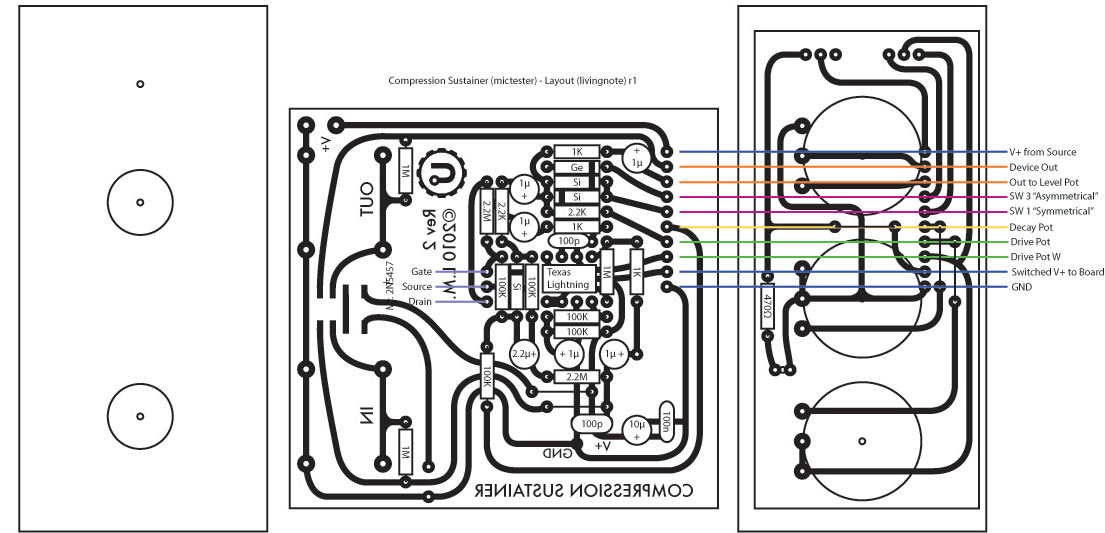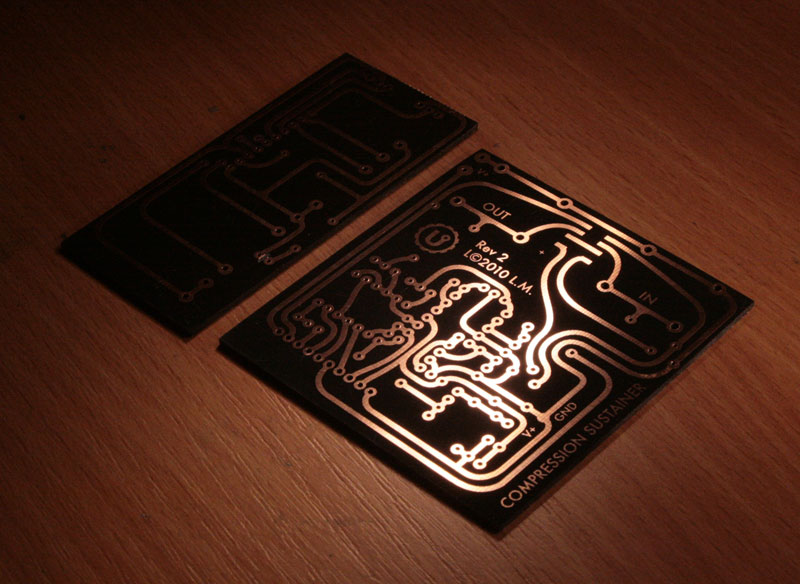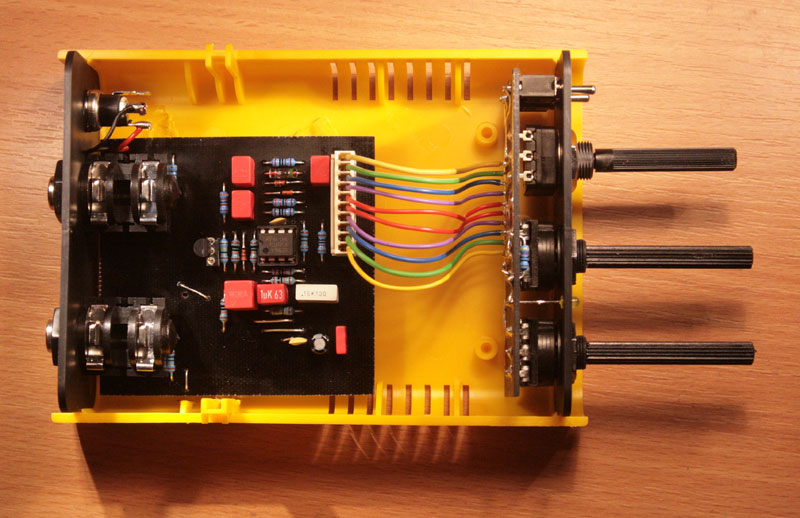livingnote
Well-known member
Ah yeah - I meant the "trash-action" having not been for nuts, believe the "it rocked the house"
part.
Interesting with the socketing and listening, I can remember a certain Stefan going nutso with
his soldering iron and a pair of Ginkos (and sending lots of expensive chippedys to Gehenna).
Jürg from Vovox told me the same - sit down, try out, use ears.
I really have a coin in the machine for most people don't end up designing great stuff not because
of "doesn't understand technology", but rather "doesn't wanna experiment because lazy=true".
Afair, the SPL transient designer is chock full of Texas Lightning too...
part.
Interesting with the socketing and listening, I can remember a certain Stefan going nutso with
his soldering iron and a pair of Ginkos (and sending lots of expensive chippedys to Gehenna).
Jürg from Vovox told me the same - sit down, try out, use ears.
I really have a coin in the machine for most people don't end up designing great stuff not because
of "doesn't understand technology", but rather "doesn't wanna experiment because lazy=true".
Afair, the SPL transient designer is chock full of Texas Lightning too...





